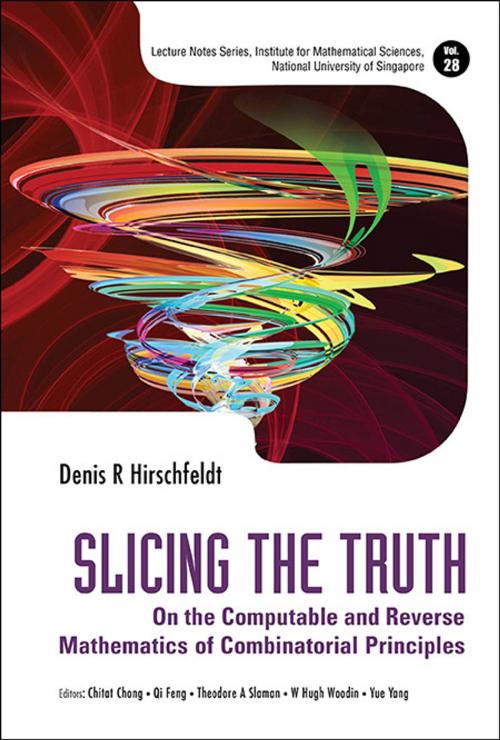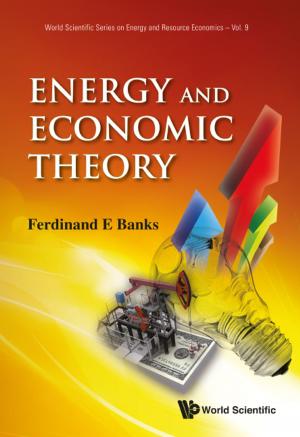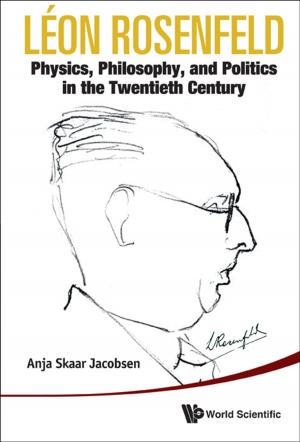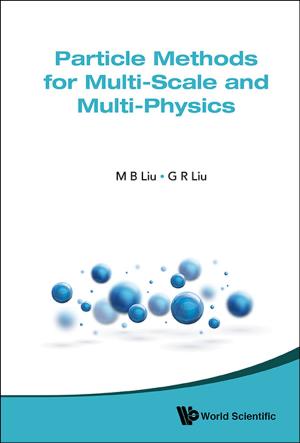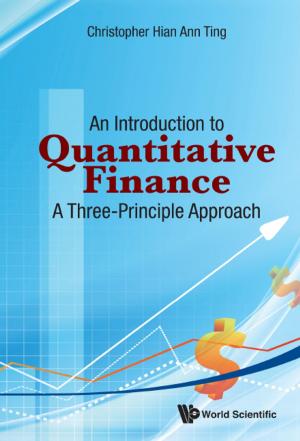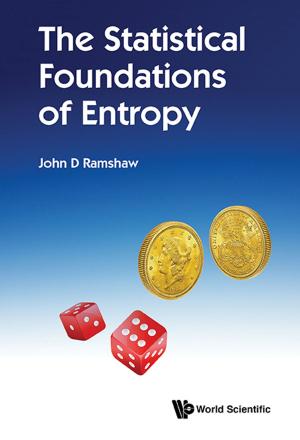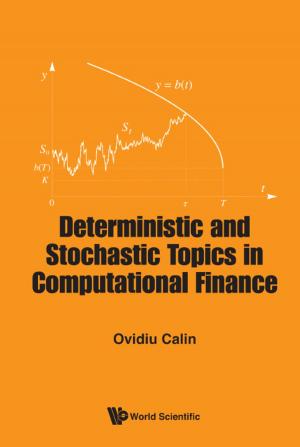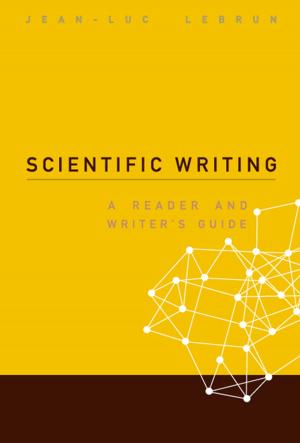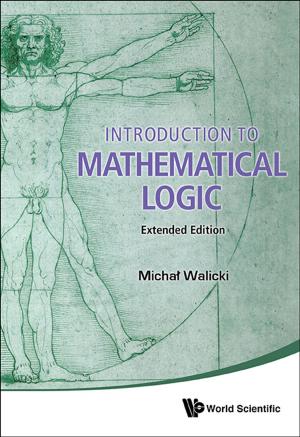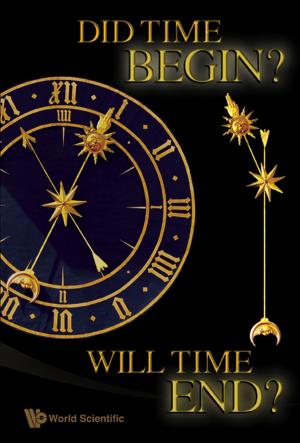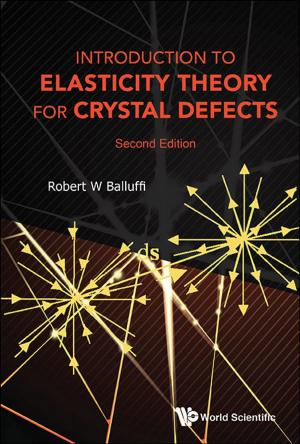Slicing the Truth
On the Computable and Reverse Mathematics of Combinatorial Principles
Nonfiction, Science & Nature, Mathematics, Discrete Mathematics, Logic| Author: | Denis R Hirschfeldt, Chitat Chong, Qi Feng;Theodore A Slaman;W Hugh Woodin;Yue Yang | ISBN: | 9789814612630 |
| Publisher: | World Scientific Publishing Company | Publication: | July 18, 2014 |
| Imprint: | WSPC | Language: | English |
| Author: | Denis R Hirschfeldt, Chitat Chong, Qi Feng;Theodore A Slaman;W Hugh Woodin;Yue Yang |
| ISBN: | 9789814612630 |
| Publisher: | World Scientific Publishing Company |
| Publication: | July 18, 2014 |
| Imprint: | WSPC |
| Language: | English |
This book is a brief and focused introduction to the reverse mathematics and computability theory of combinatorial principles, an area of research which has seen a particular surge of activity in the last few years. It provides an overview of some fundamental ideas and techniques, and enough context to make it possible for students with at least a basic knowledge of computability theory and proof theory to appreciate the exciting advances currently happening in the area, and perhaps make contributions of their own. It adopts a case-study approach, using the study of versions of Ramsey's Theorem (for colorings of tuples of natural numbers) and related principles as illustrations of various aspects of computability theoretic and reverse mathematical analysis. This book contains many exercises and open questions.
Contents:
- Setting Off: An Introduction
- Gathering Our Tools: Basic Concepts and Notation
- Finding Our Path: König's Lemma and Computability
- Gauging Our Strength: Reverse Mathematics
- In Defense of Disarray
- Achieving Consensus: Ramsey's Theorem
- Preserving Our Power: Conservativity
- Drawing a Map: Five Diagrams
- Exploring Our Surroundings: The World Below RT22
- Charging Ahead: Further Topics
- Lagniappe: A Proof of Liu's Theorem
Readership: Graduates and researchers in mathematical logic.
Key Features:
- This book assumes minimal background in mathematical logic and takes the reader all the way to current research in a highly active area
- It is the first detailed introduction to this particular approach to this area of research
- The combination of fully worked out arguments and exercises make this book well suited to self-study by graduate students and other researchers unfamiliar with the area
This book is a brief and focused introduction to the reverse mathematics and computability theory of combinatorial principles, an area of research which has seen a particular surge of activity in the last few years. It provides an overview of some fundamental ideas and techniques, and enough context to make it possible for students with at least a basic knowledge of computability theory and proof theory to appreciate the exciting advances currently happening in the area, and perhaps make contributions of their own. It adopts a case-study approach, using the study of versions of Ramsey's Theorem (for colorings of tuples of natural numbers) and related principles as illustrations of various aspects of computability theoretic and reverse mathematical analysis. This book contains many exercises and open questions.
Contents:
- Setting Off: An Introduction
- Gathering Our Tools: Basic Concepts and Notation
- Finding Our Path: König's Lemma and Computability
- Gauging Our Strength: Reverse Mathematics
- In Defense of Disarray
- Achieving Consensus: Ramsey's Theorem
- Preserving Our Power: Conservativity
- Drawing a Map: Five Diagrams
- Exploring Our Surroundings: The World Below RT22
- Charging Ahead: Further Topics
- Lagniappe: A Proof of Liu's Theorem
Readership: Graduates and researchers in mathematical logic.
Key Features:
- This book assumes minimal background in mathematical logic and takes the reader all the way to current research in a highly active area
- It is the first detailed introduction to this particular approach to this area of research
- The combination of fully worked out arguments and exercises make this book well suited to self-study by graduate students and other researchers unfamiliar with the area
